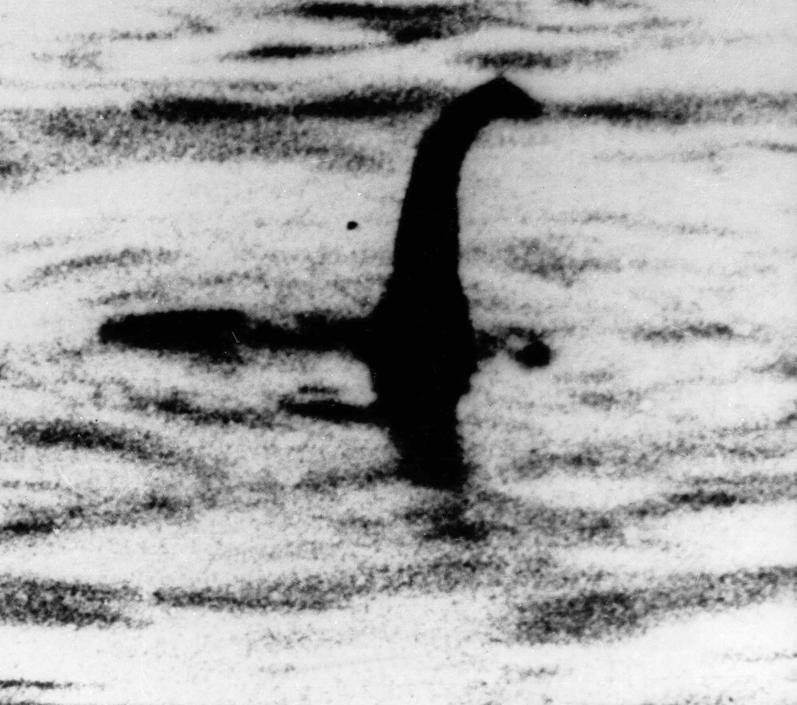An international team of scientists plans to dredge Scotland’s Loch Ness next month — seeking not the mythical monster, as so many have done before, but rather its DNA footprint.
Maybe. Don’t get your hopes up. Even the project’s leader, Neil Gemmell of New Zealand’s Otago University, doubts that the Loch Ness monster actually exists. The evolutionary genetics professor has been quite candid that he’s using the legend as a hook to attract interest in a study of the lake’s biodiversity.
That said, if the team does come across the genetic sequence of some immortal dinosaur or a behemoth previously unknown to science, they have promised to let us know.
‘‘You can’t help but wonder, when so many swear black and blue that they saw these things, that there might be a biological basis for them,’’ Gemmell said in a video earlier this year, as he prepared for the expedition.
‘‘It really does resonate with people of all cultures all around the world. I honestly don’t know why.’’
His will hardly be the first attempt to apply science to the mystery of the Loch Ness monster — though the project differs from others because it promises to find something in the hidden depths of the lake, even if it’s just the DNA of fish and newly discovered bacteria.
The monster’s legend dates back nearly 2,000 years, to a northern Scottish tribe that carved images of a strange, flippered beast into its nature artwork — among the usual depictions of geese, horses, and deer.
The myth became a sensation after a new road was built along the lake shore in the 1930s, PBS wrote, and locals began to report a massive something splashing around.
The London Daily Mail soon hired a hunter to track the monster down, PBS wrote. He returned with incredible stories of the beast and plaster castings of its four-toed footprints — which were soon revealed to belong to a hippopotamus.
And yet the next year, in 1934, the Daily Mail published what would become the iconic photo of the Loch Ness monster — a great giraffe-like neck rising out of the water in silhouette.
‘‘It was revealed 60 years later to have been a hoax that used a sea monster model attached to a toy submarine,’’ Reuters wrote, but the image has nevertheless inspired many to seek out the beast itself.
washington post




